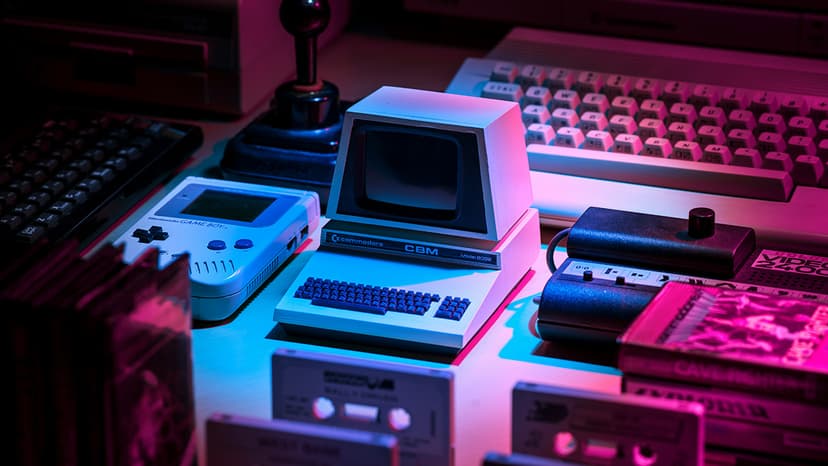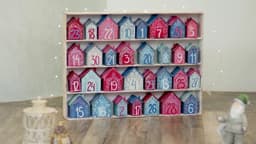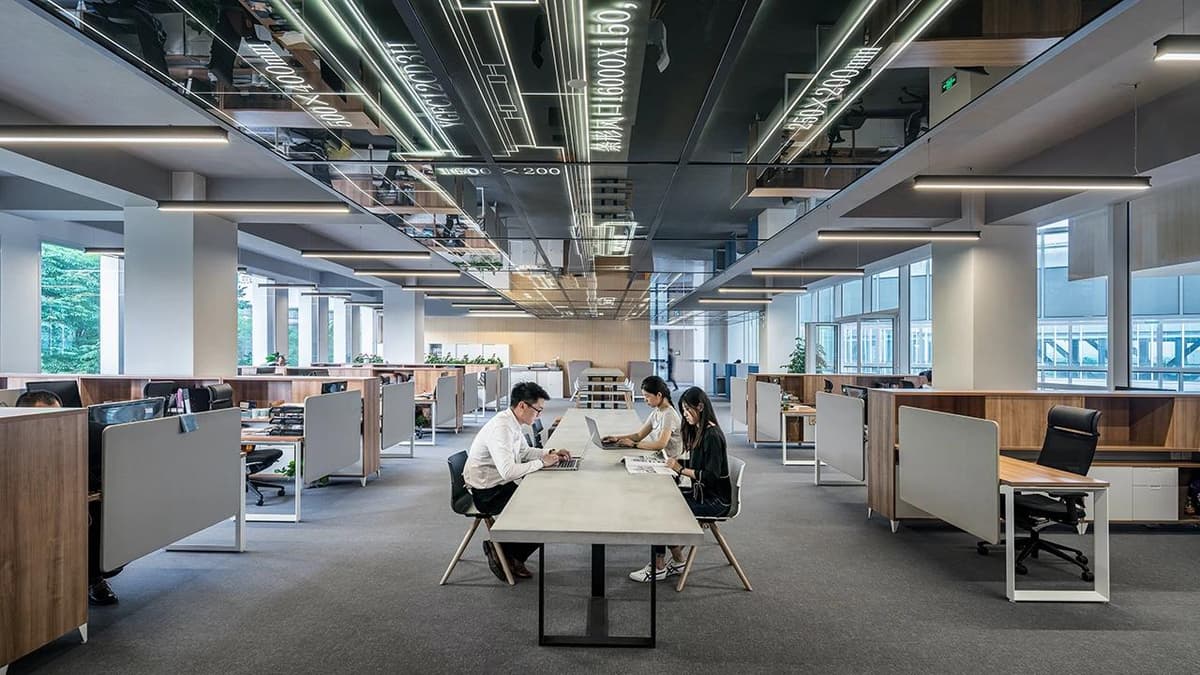How to Get Started with React Boilerplate Like a Pro
Are you a developer looking to kickstart your React project with a solid foundation? Are you constantly searching for the best practices when it comes to setting up a React boilerplate? If your answer is yes, then you've come to the right place. In this comprehensive guide, we will walk you through everything you need to know to get started with a React boilerplate like a seasoned pro. Let's dive in and level up your development game!
Why React Boilerplate?
Before we delve into the details, let's take a moment to understand why using a React boilerplate is so crucial for your project. A React boilerplate provides you with a ready-made setup that includes essential libraries, configurations, and tools to help you jumpstart your development process. By using a boilerplate, you can avoid the repetitive task of setting up the same configurations for each new project, saving you precious time and effort.
Choosing the Right Boilerplate
The first step in getting started with a React boilerplate is selecting the right one for your project. With so many options available, it can be overwhelming to pick the one that best fits your needs. Here are a few popular React boilerplates that you can consider:
- Create React App: A great choice for beginners, Create React App offers a zero-configuration setup that gets you up and running with React in no time.
- React Boilerplate: A comprehensive boilerplate that provides a solid foundation for medium to large-scale projects, packed with features like code splitting, hot reloading, and more.
- Next.js: Ideal for building server-rendered React applications, Next.js simplifies the setup process and offers built-in support for routing and data fetching.
Once you've selected a boilerplate that suits your project requirements, it's time to roll up your sleeves and get started.
Setting Up Your React Boilerplate
With your chosen boilerplate in hand, the next step is to set up the project and configure it according to your preferences. Here's a basic guide to help you get started:
- Install Node.js: Make sure you have Node.js installed on your machine. You can download it from Node.js website.
- Create a New Project: Use the boilerplate's CLI or follow the installation instructions provided in the documentation to create a new project.
- Explore the Project Structure: Familiarize yourself with the project structure and understand the purpose of each file and directory.
- Install Dependencies: Run
npm installoryarn installto install the project dependencies. - Start the Development Server: Use the command specified in the boilerplate documentation to start the development server and see your React app in action.
By following these steps, you'll have your React boilerplate up and running in no time, ready for you to start building your application.
Building Your React App
With your project set up and running, it's time to start building your React application. Here are a few tips to help you make the most of your React boilerplate:
- Component Structure: Organize your components in a clear and logical structure to improve maintainability and readability.
- State Management: Choose a state management solution like Redux or Context API to manage your application's state effectively.
- Styling: Use CSS-in-JS libraries like styled-components or Emotion for a more robust and maintainable styling solution.
- Optimizations: Implement code splitting, lazy loading, and other performance optimizations to ensure your app runs smoothly.
- Testing: Write unit tests and integration tests to ensure the reliability and stability of your application.
By following these best practices and leveraging the features provided by your React boilerplate, you can build a powerful and efficient React application that meets your project requirements.
Troubleshooting Common Issues
As you work on your React project, you may encounter some common issues or errors. Here are a few tips to help you troubleshoot and resolve them:
- Webpack Configuration: If you run into webpack configuration issues, refer to the webpack documentation or seek help from the boilerplate's community forums.
- Dependency Conflicts: Use tools like npm-check or yarn outdated to identify outdated dependencies and resolve version conflicts.
- Performance Bottlenecks: Use browser developer tools to identify performance bottlenecks and optimize your code accordingly.
- Cross-Browser Compatibility: Test your application on different browsers to ensure cross-browser compatibility and address any rendering issues.
By approaching these issues systematically and leveraging resources like documentation, community forums, and online tutorials, you can overcome obstacles and keep your project on track.
Going Above and Beyond
To take your React skills to the next level and become a true React pro, consider the following advanced techniques:
- Server-Side Rendering: Explore server-side rendering techniques to improve performance and SEO for your React application.
- Progressive Web Apps: Learn how to convert your React app into a progressive web app for enhanced user experience.
- GraphQL Integration: Integrate GraphQL for efficient data fetching and improved API flexibility.
- CI/CD Pipeline: Set up a continuous integration and continuous deployment pipeline to automate your build and deployment process.
By exploring these advanced topics and experimenting with new tools and techniques, you can elevate your React development skills and build high-quality applications that stand out.
Getting started with a React boilerplate doesn't have to be daunting. By selecting the right boilerplate, setting up your project effectively, and following best practices, you can streamline your development process and build top-notch React applications. Remember to stay curious, keep learning, and don't be afraid to experiment with new ideas and technologies. With determination and perseverance, you'll soon be mastering React like a pro. What are you waiting for? Let's get started and create something amazing with React!
That's all for now! If you have any questions or need further assistance, feel free to reach out to the community or refer to the boilerplate documentation for more guidance. Happy coding!












